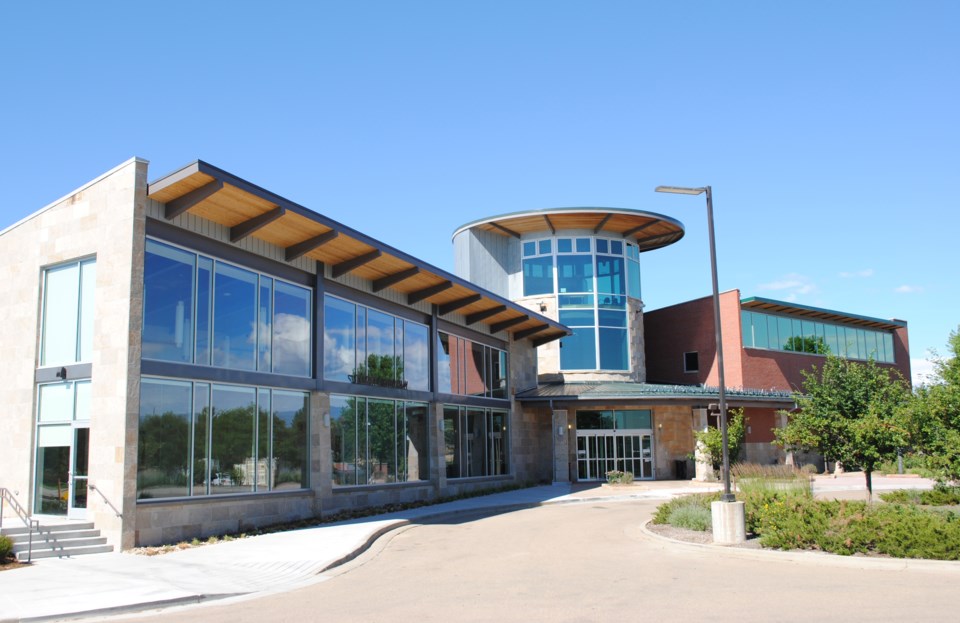City Council Tuesday night tried to prioritize a list of local projects including a second recreation center and improvements to Centennial Pool to take to voters in 2023 to approve as part of a potential funding package.
City staff estimates that the total construction cost of all the projects combined could reach $244 million. Paring down the number of proposals could bring the costs down to just over $150 million, City Manager Harold Dominguez told the councilors.
That may mean setting aside a $6 million performing arts complex and the development of a $26 million community park in northeast Longmont, councilors said.
“We want to make this as appealing as possible (to voters),” Councilor Tim Waters said. The projects should help the health and safety of residents, he said.
Councilors told city staff members to put before residents the complete list of nine proposed projects to let them decide which ones should be funded through a bond issue.
“We shouldn’t finalize this up and down list until we have extensive public outreach,” Councilor Marcia Martin told the council.
The building and operating cost for each project, as well as the annual bond payment, would cost $35.9 million to either build or expand all nine operations, according to a city staff report.
The projects targeted by city staff members for an annual bond payment and the yearly revenue required to operate each are:
- A new 30,000-square-foot branch library - $4.9 million.
- Museum expansion - $4.9 million.
- Performing arts facility - $6.1 million.
- New recreation center at Dry Creek Park - $9.6 million.
- Union Reservoir Master Plan implementation - $1.83 million.
- Update existing Recreation Center - $612,724.
- Centennial Pool Renovation - $1 million.
- Completion of Dry Creek Community Park - $4.2 million.
- Montgomery Farms - $2.5 million.
The required revenue for the improvements could be generated by hiking the city’s assessed property tax, increasing sales tax or through a combination of the two, staff members state.



